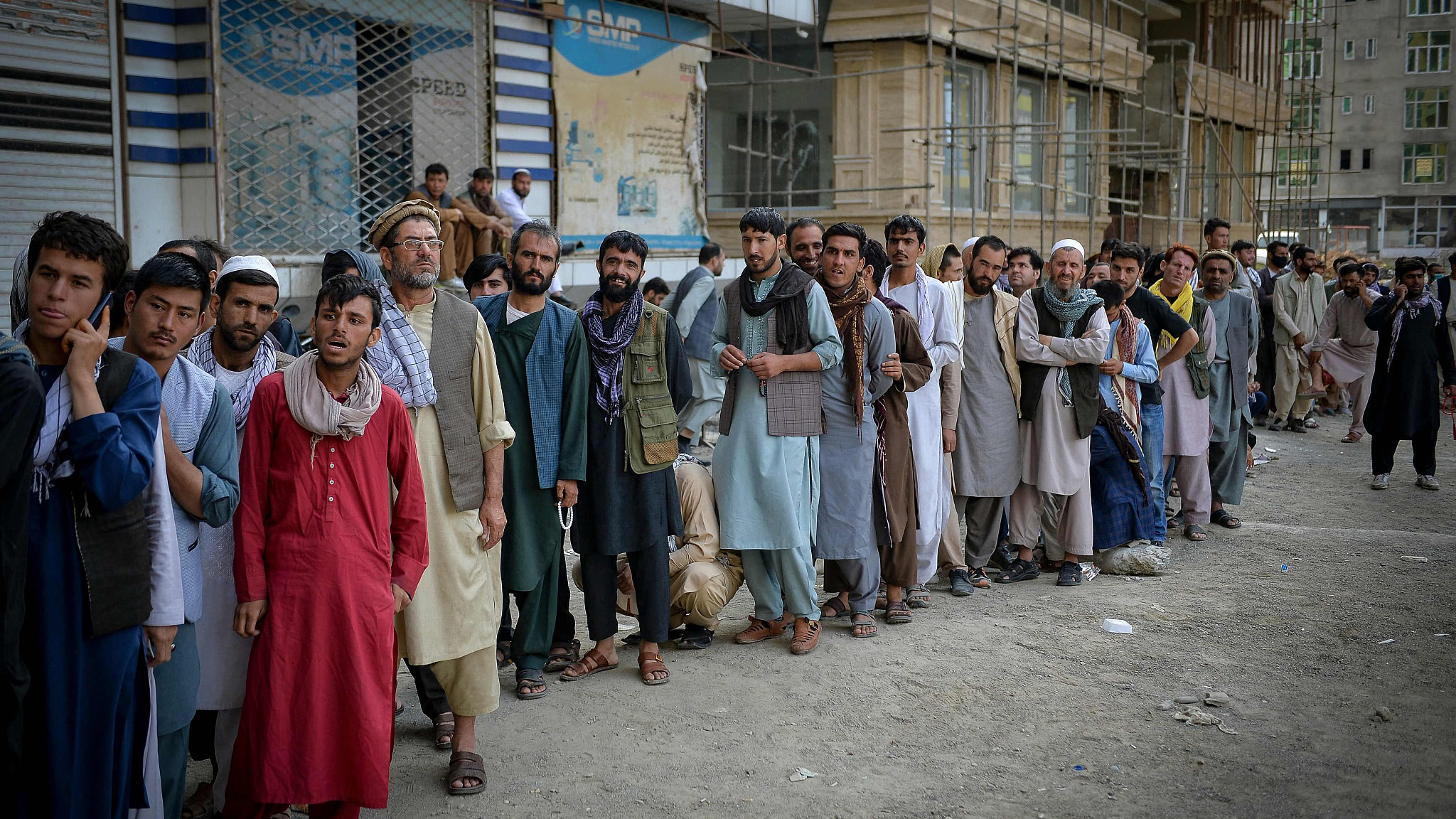
PAKISTAN is expected to receive between 0.5-0.7 million refugees following the United States (US) exit from Afghanistan.
The Afghan refugee crisis is not new, as it occurred during the Soviet Union’s invasion and the US war on terror in Afghanistan.
During these difficult times, Pakistan has taken in the highest number of refugees. However, it has suffered significant economic, social, and security setbacks.
Since the withdrawal of the US and other NATO forces from Afghanistan, the Taliban has grown stronger than ever. As a result, Pakistan may experience a massive influx of refugees fleeing civil war.
However, Pakistan has been experiencing financial and economic difficulties, especially during the pandemic. As a result, Pakistan cannot afford another large-scale influx of refugees.
According to the United Nations High Commissioner for Refugees (UNHCR), during the Soviet invasion of Afghanistan in 1979, over 400,000 refugees came to Pakistan, and ten years later, the number had risen to almost four million Afghan refugees.
Given that Afghanistan’s population was thirteen million people, Pakistan alone sheltered over 30% of Afghanistan’s total population.
After 9/11, a new wave of migrants arrived in Pakistan, and based on World Bank statistics approximately 1 million additional refugees escaped the fighting between Al-Qaida and NATO troops.
However, with the assistance of the UN, around 1.5 million Afghan refugees were safely returned to Afghanistan in 2002, followed by 300,000-400,000 each year afterward.
Due to the civil conflict in Afghanistan, Pakistan should rightly be concerned about the refugee problem. This may not only put further strain on Pakistan’s already scarce resources, especially during the pandemic, but it could also exacerbate the country’s security situation.
The economic cost of such a potential refugee problem is enormous: Firstly, an increase in the supply of low-pay, unskilled labour to a nation that already has low-wage workers might put downward pressure on wage rates, increasing unemployment and driving more people into poverty.
Secondly, the influx of individuals from the other side of the border, both legally and unlawfully, would raise the country’s total demand, primarily for food, healthcare and infrastructure (with already limited supply), resulting in demand-pull inflation.
Another issue that might aggravate the condition of local small businesses is the impact on trade.
Many Afghans still live in Pakistan, mainly in metropolitan areas. More Afghan refugees may encourage the development of urban slums, resulting in poor health, sanitation and other social problems in cities.
According to UNHCR 2020 estimates, Khyber-Pakhtunkhwa (KP) has 58% of the total 1.4 million registered refugees, followed by Baluchistan with 22%, Punjab with 12%, Sindh and ICT combined with 7%.
In addition, nearly all of them live in cities rather than Afghan refugee villages (ARV). This situation already has a financial, social and environmental impact on the native people’s life.
Furthermore, if the number of immigrants grows, the social balance of the country may deteriorate.
Taking into consideration past experience, the Kalashnikov culture, for example, was imported from Afghanistan and spread throughout the country, primarily in the KP and Baluchistan. As a result of the rise in crime rates, such regions have suffered socially.
According to the need assessment report by the UNHCR and Pakistan government in 2008, 85% of refugees were involved in criminal activities like theft, robbery and sectarian violence.
In addition, destruction of agricultural properties, illegal land disposition and import of drug culture were also seen in rural areas.
Moreover, it might also lead to ethnic pluralism and political instability as Afghan people support Pushtun Tahafuz Movement (PTM).
Pakistan’s top priority should be national security; as this nation has suffered immensely due to fighting the US war on terror.
Given this, Pakistan should not accept any further Afghan settlers, firstly because it lacks the necessary resources and infrastructure, and even if the international humanitarian organizations agree to provide it, it will cost more than doing good.
Secondly, because it could result in the export of militants from Afghanistan, which would have dire consequences for Pakistan’s internal security.
One of the reasons for fencing the whole Pakistan-Afghanistan border before the US exit was to prevent militants from entering the country.
Pakistan’s stance on the looming Afghan refugee crisis seems clear. During a recent visit to Washington, Pakistan’s National Security Advisor, Moeed Yusuf, said that “Pakistan focused on ensuring that tension in Afghanistan does not lead to more bloodshed.
But if a situation arises, it is the responsibility of the international community to create a secure area inside Afghanistan.”
The statement came at a crucial stage, as plans for refugee camps near the border (Iran’s model) are being discussed.
However, international humanitarian organizations must realize the severity of the situation, as it would accommodate the Afghan people on one hand while putting Pakistan’s people in grave danger on the other.
Instead, international donors should unite with the UN to set up a refugee donor committee for establishing refugee camps within Afghanistan, which would be guarded by the UN peacekeepers.
Given the experience of Bosnia and other civil war-prone countries in the past, there is a viable solution to the problem.
Finally, the people of Afghanistan and their future peace and security are of significant importance to Pakistan. It will also do everything possible within its power to bring peace to Afghanistan.
However, it cannot put its own people’s security and livelihood at danger because of the situation in Afghanistan.
Source: Published in pakobsever

